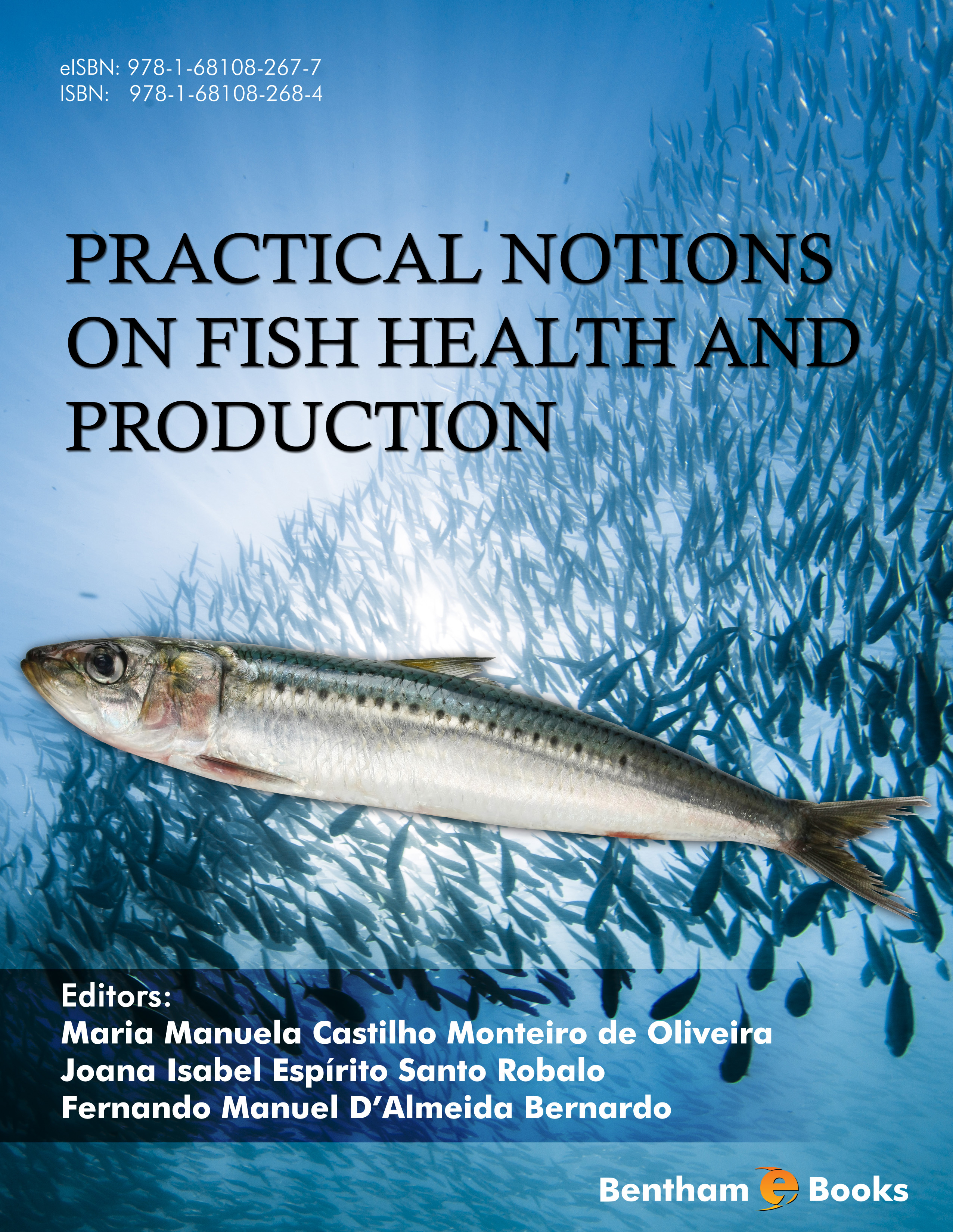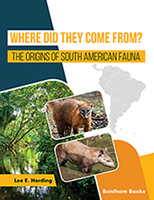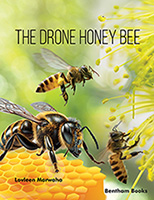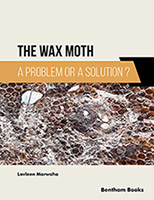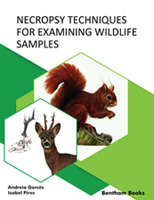Introduction
Maintaining ideal fish health and production, both of farmed and wild fish populations, requires continuous infrastructural and process upgrades to avoid significant losses as well as to facilitate seafood safety. Aquaculture is multidisciplinary in nature, combining knowledge from biology, veterinary medicine and food technology.
Practical Notions on Fish Health and Production
brings an integrated approach concerning practical aspects of ichthyology, fish health and aquaculture systems. The textbook will give readers a better understanding of issues related to the management of fish health and production, seafood processing, security, quality and safety.
The book is organized in three sections which cover 1) general aspects of fish biology and development, 2) fish diseases and veterinary medicine, and 3) aquaculture and marine food supply chain management.
Practical Notions on Fish Health and Production
is an essential text for students, food industry professionals and novice fish farmers undertaking courses or training programs in veterinary medicine, aquaculture, and marine food processing systems.

